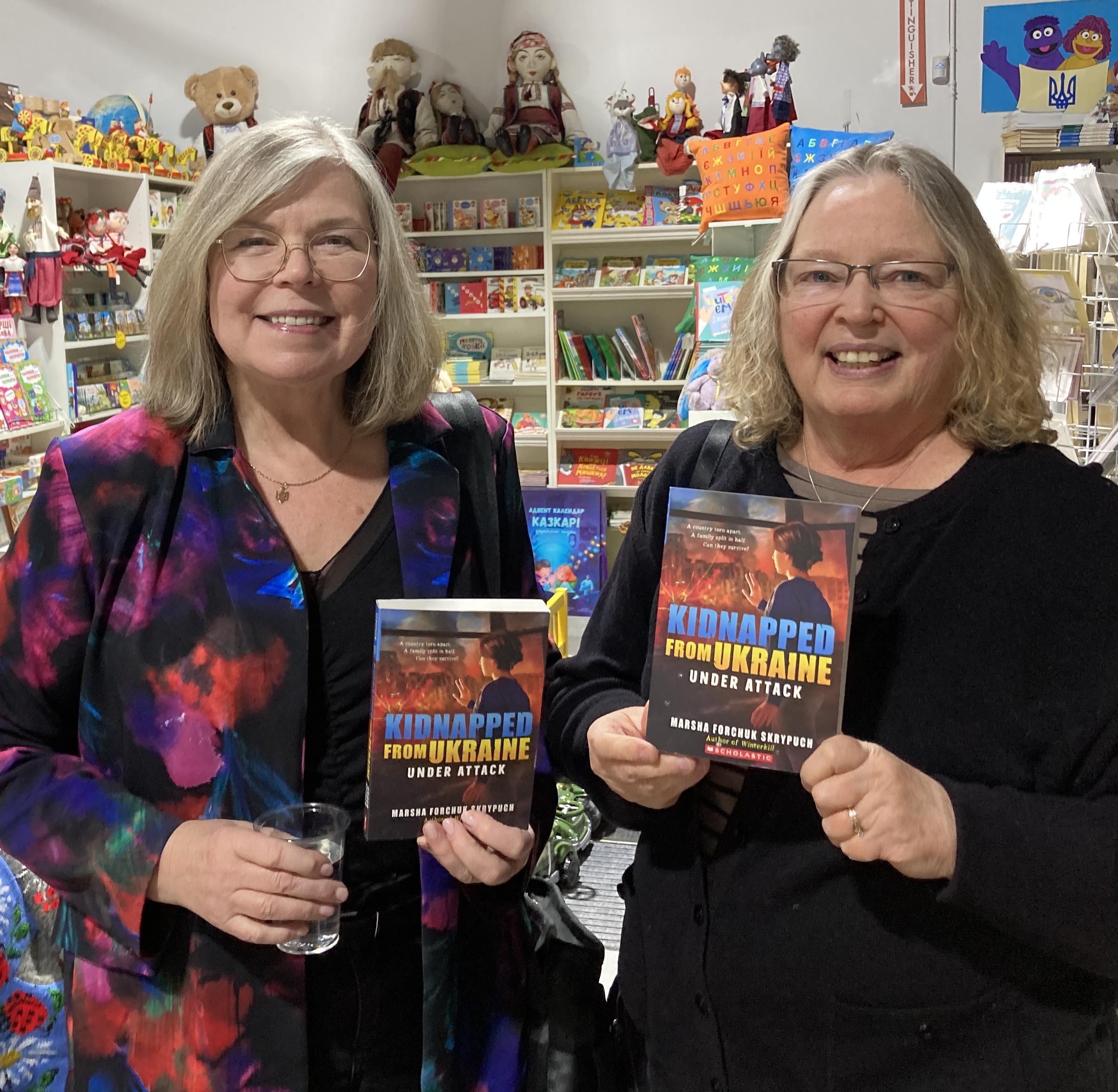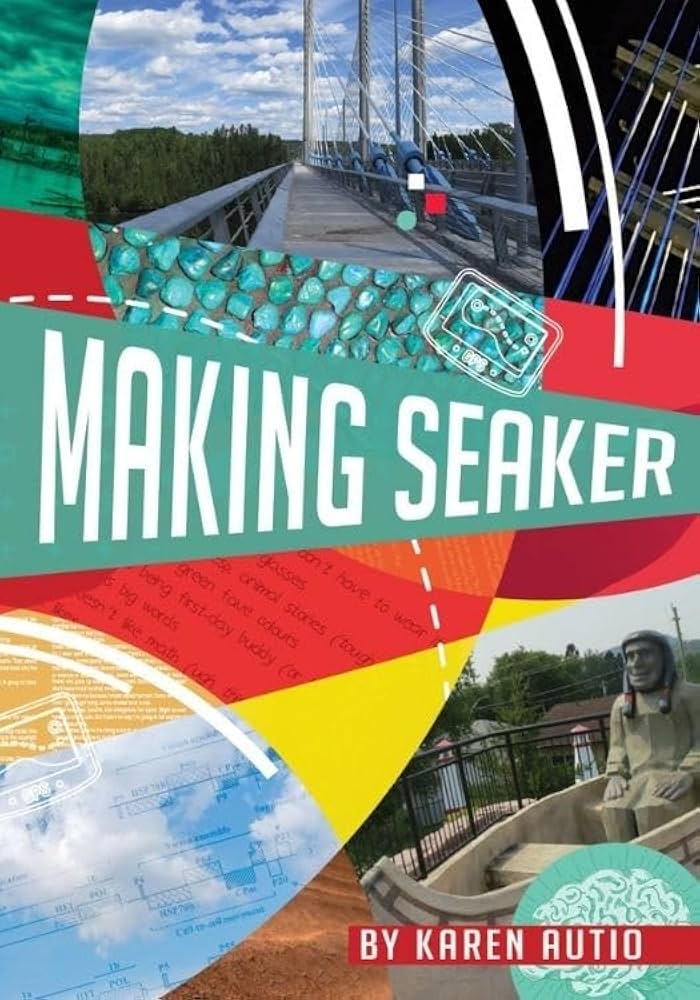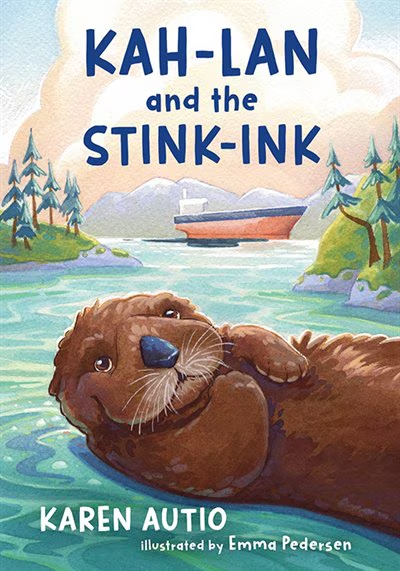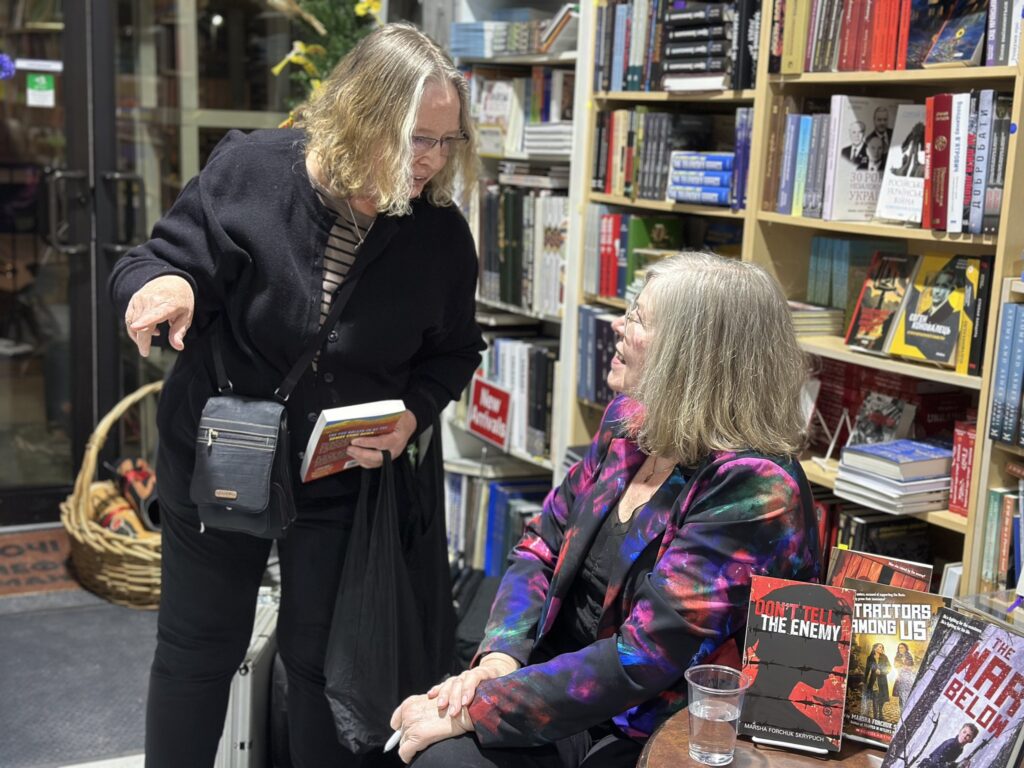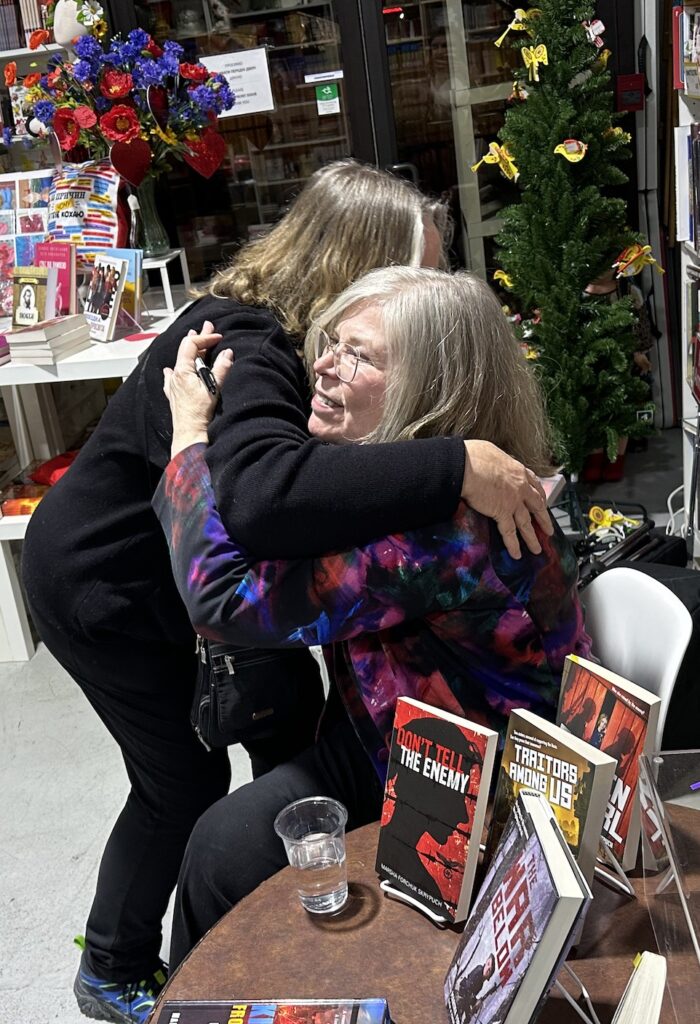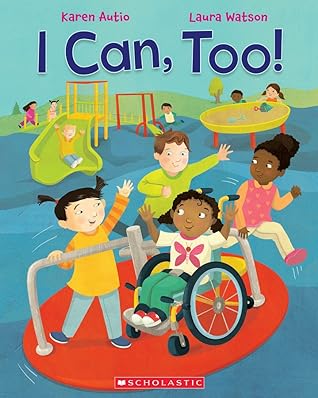 What did you do before you became the publisher and owner of Sono Nis Press?
What did you do before you became the publisher and owner of Sono Nis Press?
My dad and grandfather, Richard (Dick) and Charles (Charlie) Morriss, owned Morriss Printing in Victoria, B.C. They were well known for producing beautifully designed and finely printed and bound books. My dad rarely took a day off, so many of my childhood memories are of playing at “the shop” and helping my dad around the office. He bought the publishing company Sono Nis Press (founded in 1968) in 1976, the same year I graduated from high school. After working at various government jobs, I ended up working at Morriss Printing full time, starting in the bindery, learning the craft of making books. In those days, most books were hardbound, book covers were made by hand, and each book was individually sewn on special sewing machines. In 1979 I graduated to typesetting on the first computerized typesetting machine in Victoria – people were fascinated with this new technology because until then, everything had been typeset using hot lead. Then I discovered my passion: Sono Nis Press. I loved working at Sono Nis until marriage led me away and motherhood became my main focus.
How did you become the publisher and owner of Sono Nis Press?
When my dad died in 1994, my brother, sister, and I inherited his two companies. My brother, as executor of the estate, sold Morriss Printing to a former employee and was going to shut down Sono Nis but I couldn’t stand the thought of Sono Nis disappearing. Although I was divorced with two young children, I made a deal with my siblings to take over the press. Despite knowing very little about running a publishing company, I was determined to give it my best shot and bring Sono Nis back to life.
I didn’t realize how much work was involved! Because it was important to me to be with my daughters as much as possible, I bought a large house in the Rockland area of Victoria and moved us and Sono Nis in. I lived there until 2002 when our book designer Jim Brennan and I decided to get married and move to his house and acreage in Winlaw, near Nelson, B.C. Using the money from the sale of my Victoria house, I built my office building, which also includes a large warehouse and guestroom with a kitchenette for visiting authors.
Can you describe your typical day?
My husband and I live on 33 acres on a mountainside overlooking the beautiful Slocan Valley in the Kootenays, and my office is a stone’s throw away from our house. Every day is different, but one constant is invoicing and shipping book orders. Sono Nis distributes our own titles (over 140) which is unusual in the publishing industry but it works for us. I love handling the books and having direct contact with our customers. The rest of my day can be anything from working on grant applications; rereading manuscripts in the works; sending books and catalogues off to printers; submitting books for review or award consideration; consulting with our editors, designers, authors, and illustrators; working with our publicist to promote our books, including planning launches and book signings; processing book returns; reading (and mostly rejecting) submissions; warehouse maintenance; getting print quotes; preparing catalogues and material for conferences with our sales reps; and writing and designing advertisements. On top of all of this is the everyday running of the business which includes paying bills, bank deposits, calculating and paying commissions and royalties, debt collection, month-end and fiscal year-end accounting, inventory, website and various database maintenance, and ordering office and shipping supplies.
For the last few years, I’ve been the only in-house employee, so sometimes work can get a bit hectic. Fortunately, my youngest daughter Elizabeth has just started working for me. She’s a natural, just like her sister Jen, who recently, to my absolute delight, became a new mother. I’m looking forward to the day I can ask my granddaughter Elsa if she wants to play publishing with Gran!
What are the biggest challenges that you face?
Trying to keep up with the enormous, out-of-control volume of email I get every day is always challenging! One of the things I like best about the business is the wide range of jobs and responsibilities I have, but needing to know so much about so many aspects of the industry and running a business is also one of my biggest challenges.
What do you look for in a manuscript?
A well-told and thoroughly researched story that’s universally appealing. If someone can make me smile or move me to tears, I know that author is on to something good.
Can you describe the qualities of a dream author to work with?
Sono Nis is more than a business—it’s a family, so it’s important to me to publish authors I can work closely with. I love working with team players who are able to receive and act on constructive critique without becoming defensive, but who also have a strong, unique, creative vision. Authors who can balance passion for their work and be open to making changes are great to work with and will wind up with stronger final manuscripts than those who balk at suggested changes. It’s also important that authors be committed to meeting project deadlines and are willing to participate in launches and help with book promotion. The more authors help promote their books, the better their books will sell.
And now describe an author from heck.
I try to stay away from those! If I publish an author who turns out to be troublesome, I refuse to publish them again – even if I felt their next book would sell a million copies. Life is too short to deal with difficult people!
So just what is an author from heck from my perspective? An author who holds on to every word they write and is unwilling to work with their editors; they don’t help promote their book or are unpleasant to work with. Sometimes they are authors I have or haven’t published but whose manuscripts I’ve turned down—I’m amazed how nasty some authors can be when that happens!
How many steps are there in choosing a manuscript for publication?
Pretty much just one step: I read each submitted manuscript and decide if it’s something I like and want to publish, and feel I can promote with our other books.
Once a manuscript is chosen, what steps come next?
Sono Nis is committed to hiring the highest-quality contributors for each book we publish – from editors and artists to designers and printers. We publish an average of five books a year and work in close partnership with our authors, keeping them well informed and involved in all decisions about their books.
1. After a contract is signed, the manuscript is forwarded to the substantive editor who helps the author shape and develop the story into the best book it can possibly be.
2. The author and I decide what we’d like to see on the cover and then I either hire an illustrator (with the author’s approval) or give our ideas to our designer who comes up with several designs for us. Some covers come easily; others can take months to get right.
3. Once the substantive editor and I are happy with the manuscript (sometimes this takes three or four rewrites by the author), it’s sent to the copy editor who corrects spelling, punctuation, and grammar, and checks for accuracy and consistency.
4. The manuscript is sent to a historical or special reviewer, if that step is required.
5. The copy-edited manuscript is sent to our designer to lay it out in page form.
6. The laid-out book is sent to a proofreader to proofread.
7. The author gives final approval of their laid-out book before we send it to the printer.
What advice do you have for a first-time author?
Don’t rush into signing a contract. Have a professional with experience in publishing look over the contract to make sure it is fair. It’s exciting to have a contract for a new book, but that contract will be in effect for years, so take time early on to make sure you are being treated properly.
Network. Social media has made it much easier to find other authors working in your genre. Take advantage of this and become an active participant in ongoing online conversations. Virtual relationships and discussions are great, but also go to writing conferences, join a local writing group, or take workshops or classes. Having others read your work and provide feedback is a great way to grow as a writer, and the support you get while going through the sometimes difficult process of finding a publisher, then revising your manuscript and navigating the whole publishing process, is invaluable.
If you are interested in writing for children, attend meetings of the local Children’s Literature Roundtable (there are many chapters across the country), join organizations like SCBWI, the Canadian Children’s Book Centre, CANSCAIP, and IBBY: all of these organizations provide excellent information and support for both newcomers and more experienced authors. Read blogs—there are thousands of children’s books out there so find the gaps and where your work might fit. And, of course, read, read, read. If you don’t love reading children’s books, you probably shouldn’t be writing them.
If you could generalize, what would be the most common problems with novels that you decide not to pursue?
Plots that don’t go anywhere and characters I don’t care about.
Peer into your crystal ball and tell me what you see in the future for children’s publishing…..
Technology is changing so quickly I haven’t a clue what’s next! Though the format for delivery may evolve and change, what will never go out of style is a good story. I hope we never see the end of physical books, but even if they become less common (it is handy to be able to cart around a whole library on an e-reader), writers and other creative people will always be needed to tell the stories we love to read and hear.
